USDA Helps Growers Deal with Climate Change
Air Date: Week of February 14, 2014
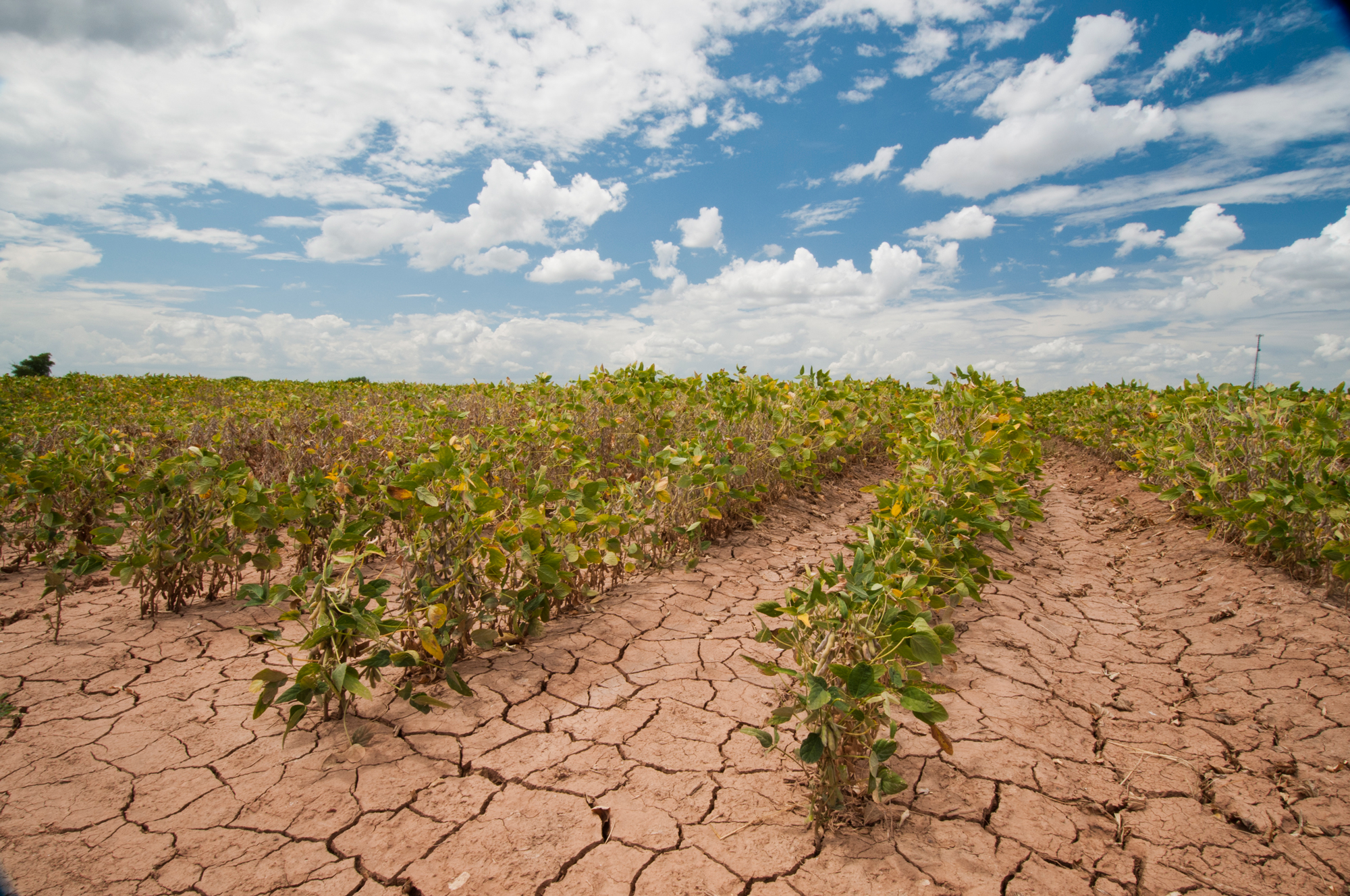
Soybeans struggling to grow during drought (photo: USDA)
Climate is everything for farmers and foresters. To help growers deal with increased droughts, fires and more severe storms, the USDA is launching climate hubs in agricultural centers across the country. Ann Bartuska, one of the architects of the USDA program, tells host Steve Curwood how forestry and agriculture can cope with and be part of the solution to global warming.
Transcript
CURWOOD: Tom Vilsack, Secretary of the United States Department of Agriculture, recently announced the creation of seven regional climate hubs in the US to help farmers and foresters reduce emissions and cope with climate change. The hubs will be based in Durham, New Hampshire, Raleigh, North Carolina, Ames, Iowa, Fort Collins, Colorado, El Reno, Oklahoma, Corvallis, Oregon and Las Cruces, New Mexico. Ann Bartuska, Deputy Under Secretary for Research, Education and Economics at USDA says the hubs will address a bunch of growing concerns.
BARTUSKA: It's drought, it's flooding, it's temperatures higher that we expect, cooler temperatures than we expect. That is really at the nexus of what we do, which is being able to grow crops, grow forests, and have an active private land and public land base that is very functioning and working landscapes, and so being able to address these kinds of changes and to anticipate is something that we really see being important to be able to do our mission.
CURWOOD: How is climate change impacting agriculture, forestry so far now in the US?
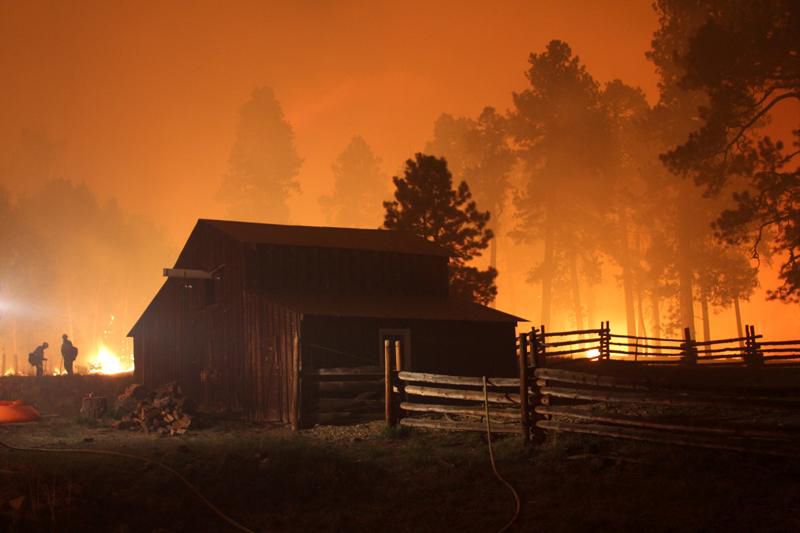
Climate change has made wildfire a year-round problem in much of the West (photo: USDA, Valess Calera Trust Kristin Honi)The USDA’s Regional Climate Hubs will help farmers deal with the impacts of climate change, like drought (photo: NOAA)
BARTUSKA: Well, one example, I’ll speak to forestry first, we are seeing a much longer fire season, and we’ve already been having fires continuously in California, in fact I think we have now a 12-month-a-year fire season in California. It’s not only the length of the fire season, but the intensity, and so that is a significant part of our role. From the agricultural side, I mean one of things that we’re blessed with in this country is really high levels of crop productivity and diversity of crops, but all we have to do is look at the recent droughts that have taken place and how that’s impacted some of our very productive systems to know that these particular weather events, climate-driven, really do affect our ability to produce food and to maintain a healthy food supply.
CURWOOD: So now USDA has gone ahead and created these regional climate hubs. What are these exactly and how are they going to work?
BARTUSKA: Well, it’s a very exciting time for us, and the full title are “Regional Hubs for Risk Adaptation and Mitigation to Climate Change”. We began doing climate change science in the late 1980s, and so our Secretary really challenged us as to, “Alright, you’ve got all this research, how do you operationalize that science to get tools and information in the hands of people who need to make decisions?” And ultimately that’s farmers, that’s ranchers, that’s foresters.
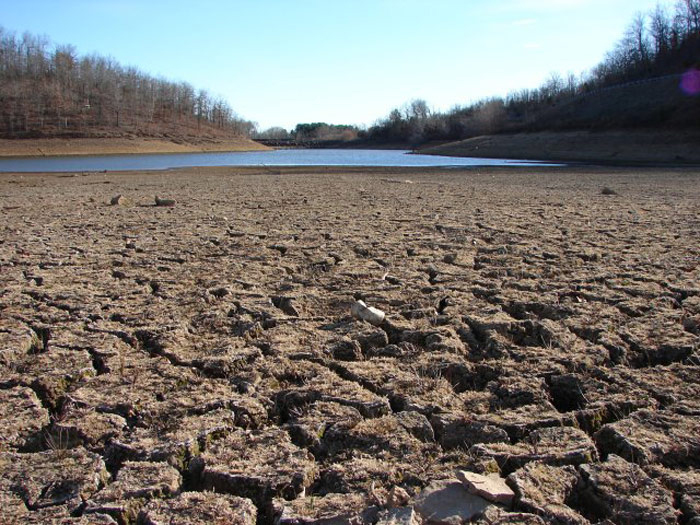
The USDA’s Regional Climate Hubs will help farmers deal with the impacts of climate change, like drought (photo: NOAA)
CURWOOD: How big is the budget for the regional climate hubs?
BARTUSKA: Well, I don’t actually have a firm figure because we’re going to be spending the next few months developing the full plan so we know exactly what the scope will be, but I can tell that the last few years, we’ve been spending approximately $100-$120 million dollars a year on climate change at USDA up to the 13 of the 16 agencies that are doing that work. So we already have made a big investment, and this is a redirection of some of those funds into a much more deliberate information delivery system.
CURWOOD: So, let’s talk about some of the specific issues that the centers will deal with. You talked about risk adaptation and mitigation; those are big words for “on the one hand coping with the situation, on the other hand, reducing emissions”. Let’s talk first about how these centers can reduce emissions.
BARTUSKA: Well, that’s a great opportunity. One thing that we do know is that our forests in the United States sequester about 12-14 percent of the carbon emissions produced. We know through studies that we could double the amount of carbon sequestration through forest management. So that’s one very specific thing we could be focusing on is how do we better use our forests to capture that carbon and to reduce overall carbon load in the atmosphere.
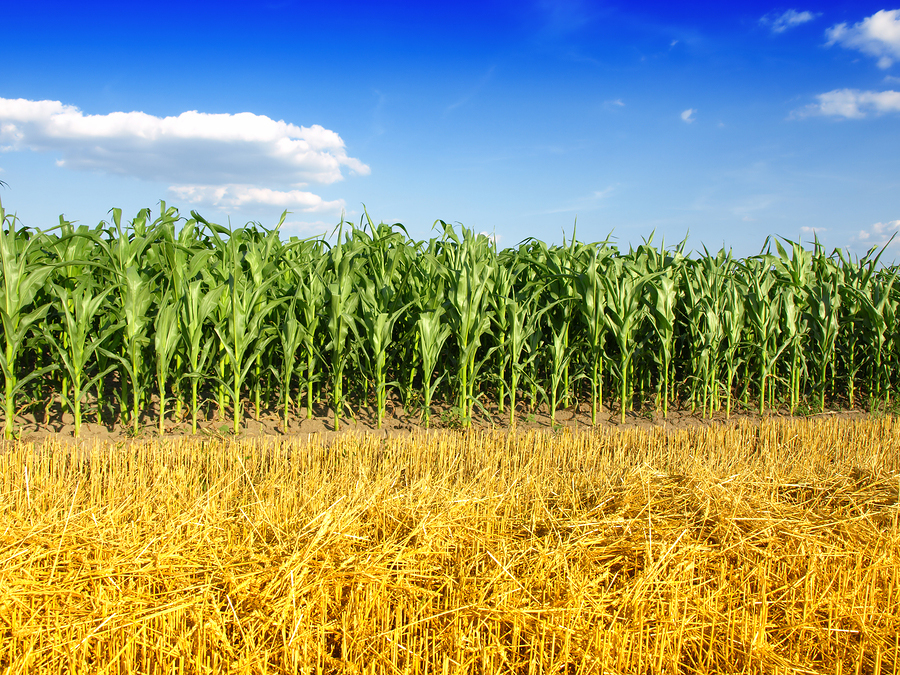
US agriculture is vulnerable to changes in the climate (photo: bigstockphoto.com)
But through our agricultural programs, we see some tremendous opportunity. We’ve been working with the dairy industry to tighten the cycle up in dairy production so that the water cycle is retained in sight, that there’s less methane produced through proper livestock management, and for some agricultural systems, being able to encourage the use of renewable energy as part of their portfolio. And if you look at the total agricultural system, we have a lot of farms in lots of different places, so we see there’s a real measurable opportunity to reduce energy use even as we increase the efficiency of the energy that we do use.
CURWOOD: Tell me how these centers will help farmers and foresters cope with the coming changes in the climate?
BARTUSKA: Well, one of the earliest deliverables we’re expecting from them is to be able to do a periodic regional assessment of risk and vulnerability in the production sector, and this is tied directly to the national climate assessment that is done through the US Global Change Research Program. So being able to do these periodic regional assessments gets us much closer to getting the data and the information that’s needed for the region at hand which has usually very specific questions, and we see it as a really tight coupling between that risk assessment and the needs of farmers and ranchers or foresters in that region.
CURWOOD: Plant or don’t plant?
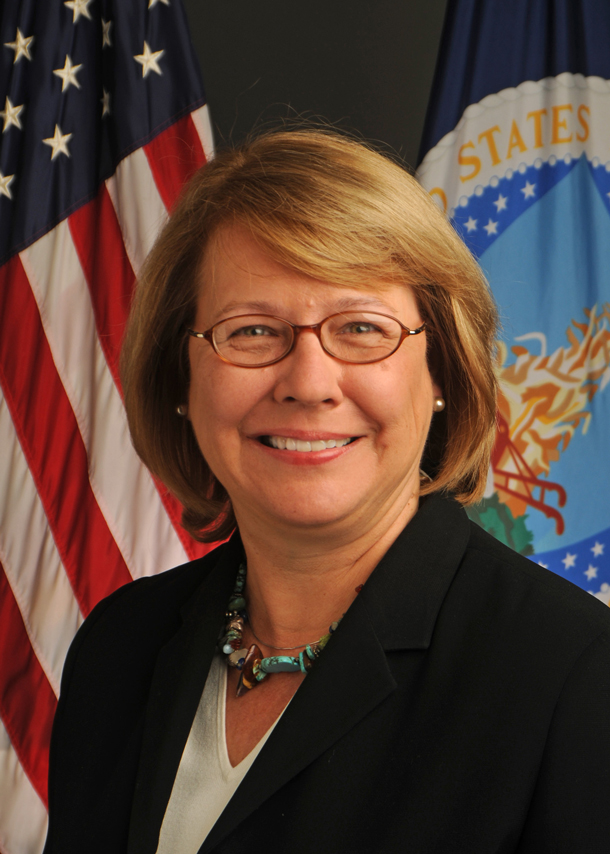
Dr. Ann Bartuska of USDA (photo: USDA)
BARTUSKA: Well, it may be plant or don’t plant. It may be the timing of the planting. It also might be what type of seed do you use to actually get a productive crop. One of the other areas of research that’s been going on is looking at the ability of different seeds or how particular seeds carry a trait to be more drought tolerant, or actually more temperature tolerant and so if we can then couple that knowledge with a rapid movement of, “Alright, we’ve got drought tolerant seeds, it looks like it’s going to be drier this year. This is what you should use in your system. This is where you might want to plant them”, and being able to inform them. Farmers are really good at adapting quickly, because that is their lifeblood, but we need to give them the tools that allow them to do that.
CURWOOD: Ann Bartuska is the Deputy Under Secretary for the USDA’s Research, Education and Economics division. Thanks for joining us.
BARTUSKA: You're welcome. I enjoyed it.
Links
Living on Earth wants to hear from you!
Living on Earth
62 Calef Highway, Suite 212
Lee, NH 03861
Telephone: 617-287-4121
E-mail: comments@loe.org
Newsletter [Click here]
Donate to Living on Earth!
Living on Earth is an independent media program and relies entirely on contributions from listeners and institutions supporting public service. Please donate now to preserve an independent environmental voice.
NewsletterLiving on Earth offers a weekly delivery of the show's rundown to your mailbox. Sign up for our newsletter today!
 Sailors For The Sea: Be the change you want to sea.
Sailors For The Sea: Be the change you want to sea.
 The Grantham Foundation for the Protection of the Environment: Committed to protecting and improving the health of the global environment.
The Grantham Foundation for the Protection of the Environment: Committed to protecting and improving the health of the global environment.
 Contribute to Living on Earth and receive, as our gift to you, an archival print of one of Mark Seth Lender's extraordinary wildlife photographs. Follow the link to see Mark's current collection of photographs.
Contribute to Living on Earth and receive, as our gift to you, an archival print of one of Mark Seth Lender's extraordinary wildlife photographs. Follow the link to see Mark's current collection of photographs.
 Buy a signed copy of Mark Seth Lender's book Smeagull the Seagull & support Living on Earth
Buy a signed copy of Mark Seth Lender's book Smeagull the Seagull & support Living on Earth

